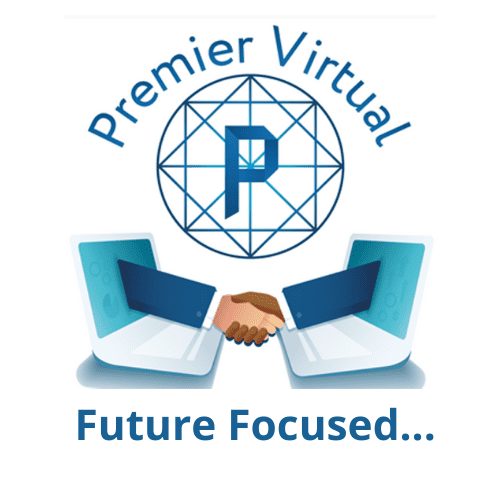Planning for Successful Virtual Events in 2021
There’s no doubt that Covid-19 accelerated the growth of virtual events by as much as 3 years. This is a rare phenomenon that happens when something outside of our control has such a drastic impact on events, the choice is to change (and change quickly) or go obsolete.
While we were growing steadily in 2020, after the lockdown in March our business increased 10-fold! Many schools, organizations, and corporations were forced to look for a virtual option for hiring events in order to meet their staffing demands and remain competitive in the marketplace.
A funny thing happened through all the chaos and uncertainty, something not many people would have predicted…we started to like it. First of all, even the most die-hard fans of in-person events and networking found virtual events to be quite enjoyable. The learning curve was not the ordeal many thought it would be, and the engagement and outcomes were for the most part, favorable.
As the year went on, virtual events went from being a necessary evil to a welcoming option and effective tool to get business and hiring done. In fact, it started to prove that in many ways it was better than in-person events.
Advantage number one is obviously productivity. No one has to leave their desk or home office, which means no travel time or travel-related expenses. These benefits also make virtual extremely efficient, as platforms offer many features that allow recruiters and job-seekers alike to find the exact information they’re looking for and act on it. All of this while keeping everyone safe from Covid-19.
Beyond the benefits of productivity and efficiency, virtual events have the ability to scale to any size and do not have the limitations that physical in-person events have. Participants can attend from anywhere in the world, and no one gets turned away due to over-crowded lobbies or sold out events.
As we near the end of the year, many companies have embraced virtual events and remote working to the point where it will remain the primary option going into 2021. In fact, many are planning accordingly to support and improve their virtual strategy, exploring how to create ‘hybrid’ events that offer both in-person and virtual in order to get the most out of each event.
Below are 6 steps from Yesler, which serve as a handy checklist as you plan for 2021.
1. Strategy: Analyze your market, current plans, and KPIs from past events. After that’s complete, look at the most beneficial activities and begin to think of how you might replicate them virtually. This could take time with your team to brainstorm or do some research to see how others are doing this. Keep your focus on the kinds of activities that have provided the most benefit and that align with your overall goals and integrated marketing approach. Resist activities that would be just for fun or that you can’t measure.
2. Infrastructure: Assess your ‘martech’ infrastructure and digital event management tools. The right martech infrastructure will help you run a successful virtual event from beginning to end and beyond to nurture, so you can get long-term value from your content. This means assessing not only your marketing automation and online meeting and classroom software, but the tools you will use to analyze the event when it’s over. And of course, it also means making sure you have the right-skilled staff to run it.
3. Operations: Consult with your marketing operations and automation teams early so they’re prepared to execute each event, deliver promotions seamlessly, and capture engagement data.
4. Promotion: Develop a targeted promotional plan for every virtual event, just as you would for any other event.
5. Digital experience: Create thoughtfully designed content and digital experiences to fully engage audiences. You can also use these assets to nurture prospects as part of an ongoing campaign.
6. Analytics: Make sure you have the right tools to manage the data you’ve captured and track leads after the event. As mentioned above, analytics tools need to be in place beforehand and set to measure your KPIs. They are a critical part of your overall strategy and pre-event setup. Use this data to measure your success and inform your strategy for future events.
Virtual events are not a fad or something that will go away when ‘things get back to normal’. Virtual is the modern way of hosting events, increasing productivity, and efficiency that will give your company a competitive advantage when executed properly. The companies that are future-focused and embrace this innovation will be far ahead of the curve in 2021 and best positioned to succeed in what has become the new normal.
Marketing Department – Premier Virtual, December 2020

